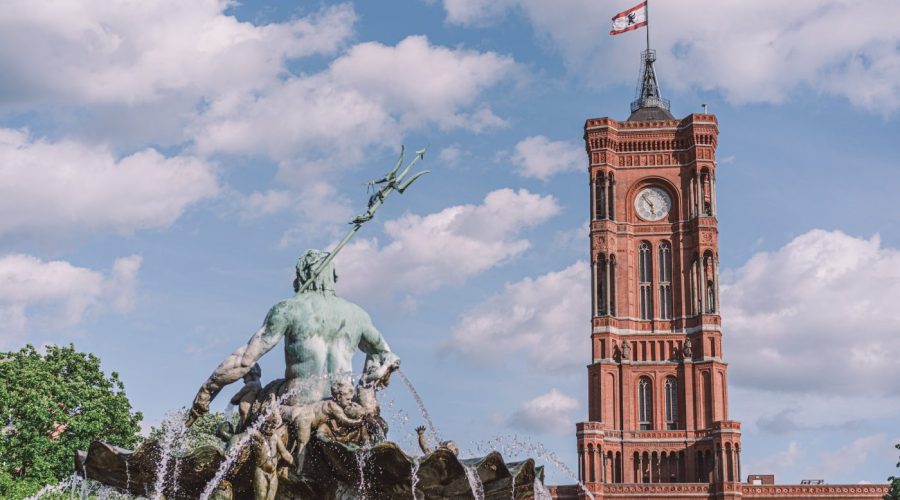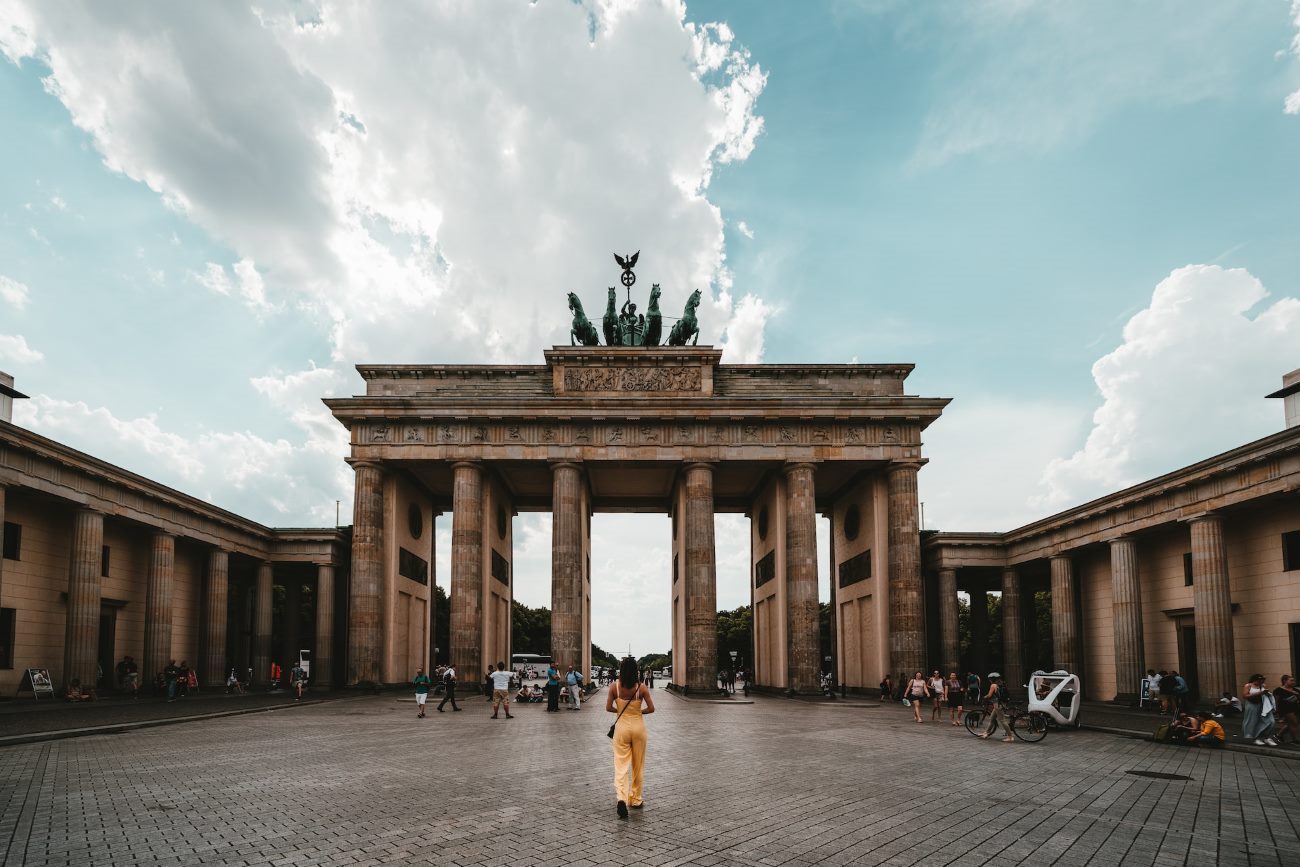What’s the significance of the Statue and Bell Tower at Olympiastadion in Berlin?
Hello and welcome to this blog post in which we have a look at the cultural and historical importance of the Statue and Bell Tower at Olympiastadion located in Berlin, Germany. Regardless if you are a history buff or you just visiting Berlin or simply want to Visit Berlin, this famous Landmark has a lot of nice in from history and stories to tell.
Olympiastadion: A Brief Introduction
The Olympiastadion in Berlin is a stadiums in the multi-purpose sports arena and is famous all over the world as the having been played the Summer Olympics in 1936. Built by architect Werner March, its vast grounds and massive construction specializes loads of people each year. Apart from its sports and concerts events, the monument has many things to discover like the Statue and Bell Tower.
The Significance of the Statue
The Statue at Olympiastadion is a monumental of ‘The Discobolus,’ which is a Greek athlete discus thrower. The original series of Myron were sculptured in the 5th century BC by the ancient Greek sculptor. The sculpture represents athleticism, physical power and pursuit of perfection.
The modern copy of ‘The Discobolus’ was erected in 1936 with the Olympic renovation work. Standing.Height of 3.8m The statue matches the original masterpiece’s forceful expression of dynamic movement and majesty. The statue is a tribute to those who have competed and earned greatness within Olympiastadion`s walls.
The Bell Tower: A Cultural Landmark
O تختر Bell的owered at Olympiastadion is one of the most impressive architectural feat, the highest building in the stadium grounds. This 77m high tower, made in a large degree of neoclassical architecture, offers a breathtaking view of the Berlin skyline.
First and foremost, the Bell Tower was intended to be the stadium for the Olympic Flame that was to be in use during 1936 Summer Olympics. Though the flame is no longer lit within this monument, but rather as part of the Olympic cauldron, the tower holds a huge significance in the history of Berlin and acts as a landmark both for tourists and locals.
The Great Bell
One of the symbols of the Bell Tower is the ‘Grosse Glocke’ or the ‘Great Bell.’ This massive bronze bell exceeds 7 tons in weight and is loud enough to be heard from across the stadium and surrounding environs. It was cast in 1935 by F. W. Schilling Bell Foundry, Apolda, Germany.
The Great Bell was first employed as an instrument to signal the commencement and conclusion of events, in a way to enhance the Olympic experience. Today it is still an imposing relic of the past, striking out on special occasions, having long captured the interest of visitors to the site.
plus_capturement of Statue and Bell Tower
Olympiastadion a counterpart for your trip should always include the Statue and Bell Tower. An admission ticket encompasses admission into the stadium as well as these historic sites.
Let your self enjoy the majesty of the Statue and its sign of human achievment. Tremble at the bell tower (Shizi Ta) symbolic presence, endorsing its historical legacy as a Olympics symbol and its enduring cultural significance.
Practical Tips
- Wear comfortable shoes since you will probably do a fair amount of walking on you will be doing the stadium grounds.
- Do check out during the morning hours or later in the afternoon to miss out on the crowds, and make for a more personal experience.
- Bring camera that can shot nice shoot at the top of Bell Tower.
- Use the guided tours to enjoy a richer insight into the stadium’s history.
- Appreciate the surrounding parklands that are perfect for a picnic or a leisurely walk.
In Conclusion
Famous for the Statue and Bell Tower at Olympiastadion Berlin gives a special chance to have view at the past and make the stadium’s history and culture. Through a, you can dive into the tales of old Greek art, the splurges of Olympic athletes, and also the persistence of Berlin’s, delightful architecture.
Table of Contents



